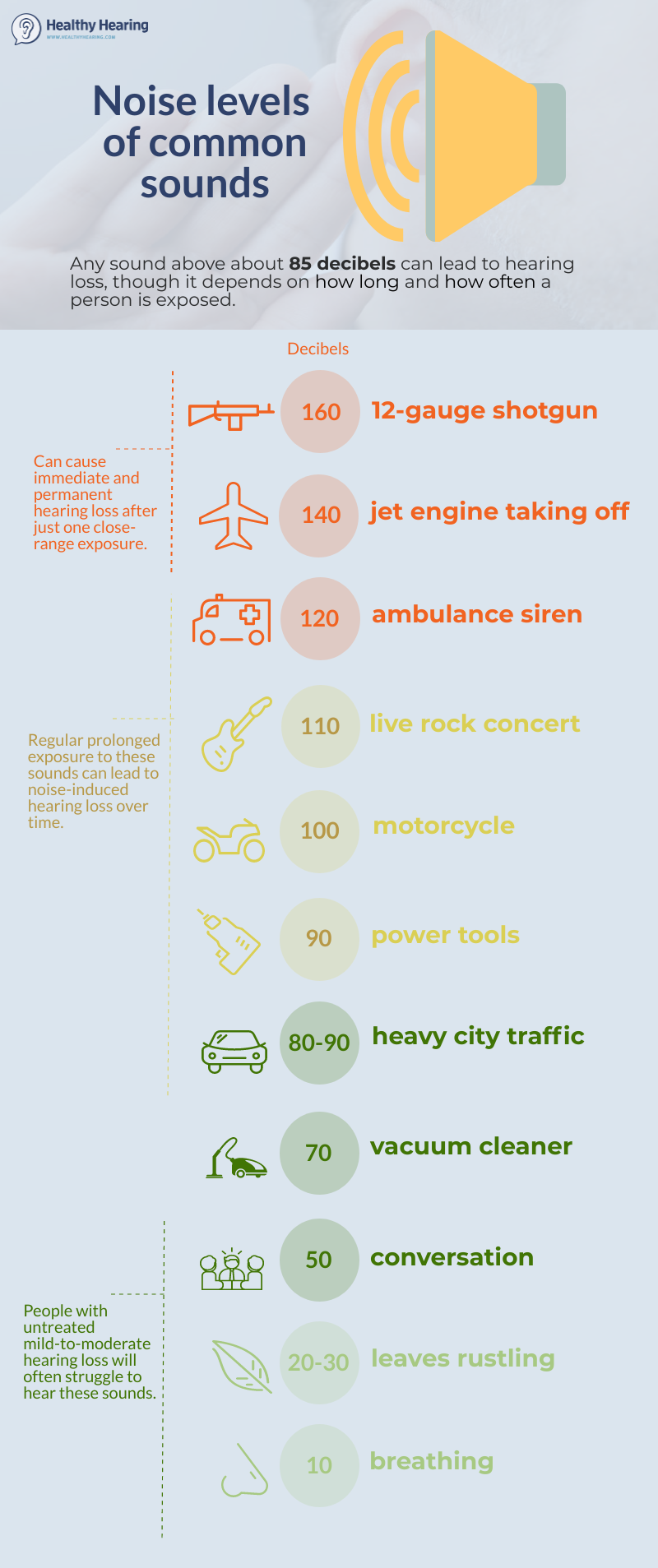

More recently, however, the trend has slowed down evidenced by the “flatter” slope of the curve. Therefore, the figure implies that the noise intensity emitted by a modern Boeing 787 Dreamliner is only 1/3000th of that of Boeing 707. This means that a 3 dB reduction corresponds to halving the sound intensity, whereas 10 dB reduction corresponds to 90% of reduction in the sound intensity. It should be noted that decibel is a unit for sound intensity in the logarithmic scale. This trend is illustrated in Figure 3 which shows the EPNL (effective perceived noise level – a metric used in aircraft noise certification) for different aircrafts at the time they were certified.įigure 3 The trend of aircraft noise level (in cumulative EPNL) over the past few decades - source Modern jetliners operating today are hundreds, if not thousands, times quieter than their first-generation ancestors. The industry has, in fact, achieved great strides in terms of aircraft noise reduction. Of course, this necessitates continuous development of new technology and other forms of innovation.įigure 2 The trend over the years of the total area around the world that is affected by aircraft noise annoyance - source It is expected the aircraft manufacturers must strive to achieve 0.3 EPNdB (effective perceived noise level in decibel) of noise reduction each year to reverse the trend. Without further noise reduction effort on individual aircraft, there could be a region as wide as the Netherlands on this planet by 2050 where the populace is regularly subjected to aircraft noise annoyance. It is unfortunate that the impact of aircraft noise pollution is becoming more widespread following a research of ICAO (International Civil Aviation Organisation) research (see Figure 2).


It would be unlikely for someone to sleep comfortably or to relax near a refrigerator or a running vacuum cleaner, right?

However, how loud is “too loud” exactly? In a recent survey conducted by the Federal Aviation Administration (FAA) in the United States, it appears that once the average day-night noise level rises above 50 dB (decibels), the percentage of highly annoyed respondents increases dramatically as portrayed in Figure 1.įigure 1 The percentage of highly annoyed respondents with respect to the DNL in a survey carried out by FAA - sourceįor reference, the average noise level in a quiet classroom is around 25-30 dB, a regular vacuum cleaner often produces noise as high as 75 dB, and a noise intensity at 50–55 dB is roughly equivalent to that of a household refrigerator. If you happen to live within a few kilometres from an airport (think of the neighbourhoods around Schiphol for example), aircraft noise is likely to be a major source of noise-induced annoyance. When someone is asked, “Are you often annoyed by aircraft noise?”, the answer is likely a resounding “YES”. Current state of aircraft noise pollution The program aims to recognize and reward innovation from engineering students and researchers across the globe. This article is a part of our University Technology Exposure Program.


 0 kommentar(er)
0 kommentar(er)
